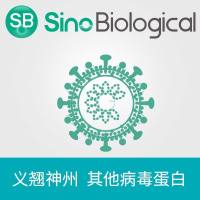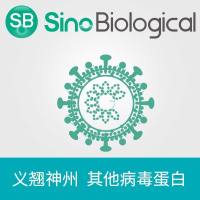Cerebral angiogenesis is an important process for physiological events such as brain development, but it also occurs in pathological conditions such as stroke. Defined as the generation of new blood vessels from preexisting vasculature, angiogenesis after ischemic stroke is important to limit the subsequent neuronal injury and death, as well as contribute to neurorepair. However, current therapies for ischemic stroke are largely focused on reestablishing uninterrupted blood flow, an important but inherently risky proposition. Furthermore, these therapies can have limited efficacy due to narrow therapeutic windows, and in the case of mechanical clot removal, are invasive procedures. Therefore, better stroke therapies are needed. Since the brain possesses mechanisms, including angiogenesis, to attempt self-repair after injury, it may prove beneficial to look at how such mechanisms are regulated to identify potential targets for new and improved stroke therapies. Perlecan domain V (DV), an endogenous extracellular matrix protein fragment, may represent one such therapeutic target. Key to its appeal is that perlecan DV is endogenously and persistently generated in the brain after stroke and has significant angio-modulatory properties. These, and other properties, have been therapeutically manipulated to improve experimental stroke outcomes, suggesting that DV could represent a promising new stroke therapy. Here we discuss a novel approach to studying DV-mediated angiogenesis in vitro using a coculture model.






